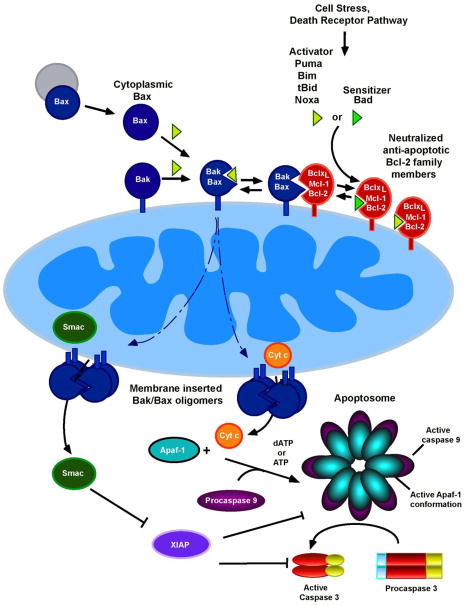Figure 1. Overview of the mitochondrial pathway.
[1, 2, 4]. The signature event of the mitochondrial or intrinsic death pathway is MOMP, which results in release of cytochrome c and other mitochondrial intermembrane proteins to the cytoplasm [13]. Once in the cytoplasm, cytochrome c facilitates the interaction of the cytoplasmic scaffolding protein Apaf-1 and procaspase 9, activates a caspase cascade leading to cleavage of hundreds to cellular caspase substrates to generate the apoptotic phenotype [3, 4].
As described in the text, Bcl-2 family members regulate this pathway upstream of MOMP. While Bax and Bak are directly responsible for breaching the outer membrane, their oligomerization and activation are modulated by other family members. BH3-only proteins such as Puma, Bim, tBid, and Noxa, which are termed “activators,” transiently bind Bax or Bak [39], facilitating their activation. BH3-only proteins such as Bad, which are unable to directly bind Bax or Bak, are termed “sensitizers” because they bind and neutralize anti-apoptotic Bcl-2 family members.

